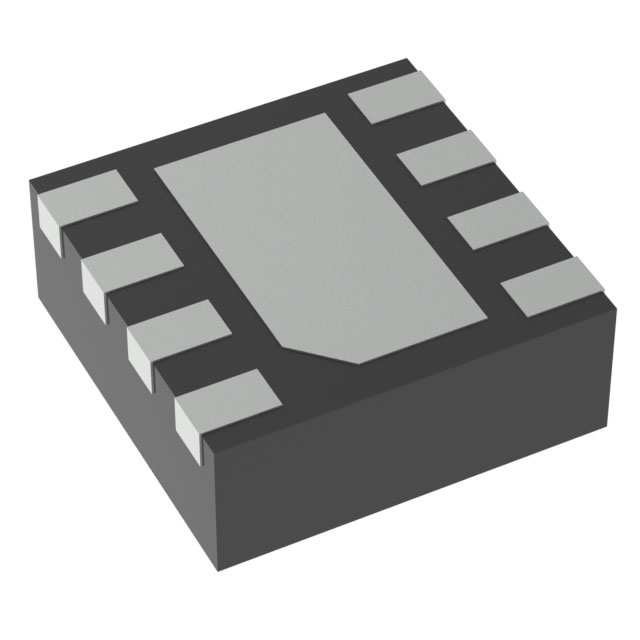LMV7275MG/NOPB
Manufacturer No:
LMV7275MG/NOPB
Manufacturer:
Description:
LMV7275 SINGLE LOW VOLTAGE, OPEN
Datasheet:
Delivery:





Payment:




In Stock : 0
Please send RFQ , we will respond immediately.









LMV7275MG/NOPB Specifications
-
TypeParameter
-
Supplier Device Package-
-
Mounting Type-
-
Package / Case-
-
Operating Temperature-
-
Hysteresis-
-
Propagation Delay (Max)-
-
CMRR, PSRR (Typ)-
-
Current - Quiescent (Max)-
-
Current - Output (Typ)-
-
Current - Input Bias (Max)-
-
Voltage - Input Offset (Max)-
-
Voltage - Supply, Single/Dual (±)-
-
Output Type-
-
Type-
-
PackagingBulk
-
Product StatusActive
-
Series*
The LMV7275MG/NOPB is a low-power, low-voltage operational amplifier (op-amp) integrated circuit chip. Some of its advantages and application scenarios are as follows:Advantages: 1. Low power consumption: The LMV7275MG/NOPB is designed to operate at low power levels, making it suitable for battery-powered applications or any application where power efficiency is crucial. 2. Low voltage operation: It can operate at low supply voltages, typically ranging from 1.8V to 5.5V, making it suitable for low-voltage applications. 3. Rail-to-rail input and output: The op-amp has rail-to-rail input and output capabilities, allowing it to handle signals that span the entire supply voltage range, maximizing the dynamic range and minimizing distortion. 4. Low input bias current: The LMV7275MG/NOPB has a low input bias current, which reduces the impact of input current on the accuracy of the circuit. 5. Small package size: It is available in small package options, such as the VSSOP-8 package, which makes it suitable for space-constrained applications.Application scenarios: 1. Battery-powered devices: The low power consumption and low voltage operation of the LMV7275MG/NOPB make it suitable for use in battery-powered devices, such as portable audio players, handheld instruments, or wireless sensors. 2. Sensor interfaces: The rail-to-rail input and output capabilities, combined with low input bias current, make it suitable for amplifying and conditioning signals from various sensors, such as temperature sensors, pressure sensors, or light sensors. 3. Portable medical devices: The low power consumption and small package size make it suitable for use in portable medical devices, such as blood glucose meters, heart rate monitors, or pulse oximeters. 4. Audio amplification: The rail-to-rail input and output capabilities, combined with low distortion, make it suitable for audio amplification applications, such as headphone amplifiers or portable speakers. 5. Industrial control systems: The low power consumption and small package size make it suitable for use in industrial control systems, such as motor control, process control, or instrumentation.It is important to note that the specific advantages and application scenarios may vary depending on the requirements and specifications of the particular application.
LMV7275MG/NOPB Relevant information










